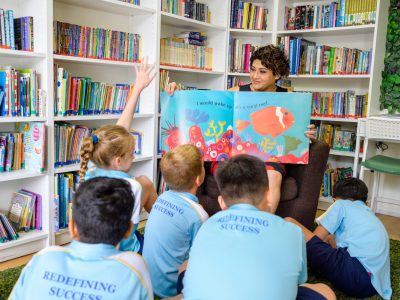Starting Strong: Helping Little Ones Feel Safe, Seen and Settled in Preschool
Beginning preschool is a major milestone — not just for the little ones, but for parents too. At Integrated International School (IIS), we believe that supportive spaces make all the difference. That’s why we make it our mission to take a holistic, inclusive approach to helping children feel safe, seen,...











